Considering a reptile as your next pet companion? You’re not alone. The allure of these fascinating creatures has grown tremendously in recent years, with more households welcoming scaled friends into their homes. Unlike traditional pets, reptiles offer a unique ownership experience that can be incredibly rewarding—yet also presents distinct challenges that potential owners should carefully consider. From the minimal shedding that benefits allergy sufferers to their often space-efficient habitats, reptiles offer numerous advantages as pets. However, their specialized care requirements, environmental needs, and sometimes lengthy lifespans demand thoughtful consideration before bringing one home. This guide will help you determine if your lifestyle, home environment, and expectations align with reptile ownership, ensuring both you and your potential cold-blooded companion thrive together.
Understanding the Commitment: Reptile Lifespans
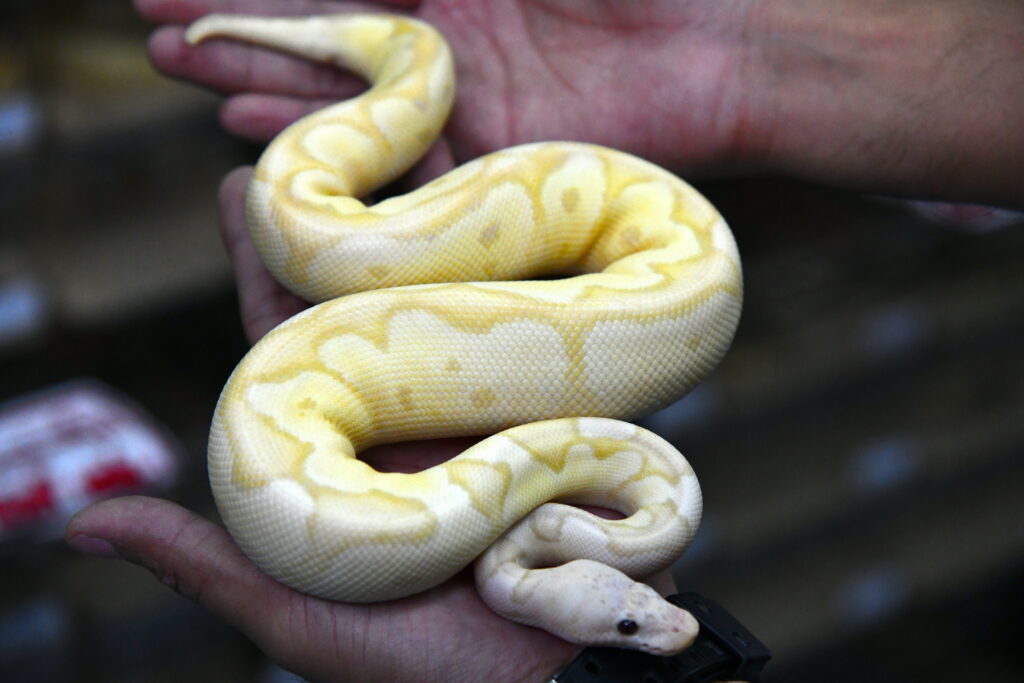
When considering a reptile as a pet, one of the first factors to evaluate is the length of commitment you’re making. Unlike hamsters or mice that may live just a few years, many reptiles can be incredibly long-lived companions. Tortoises might outlive their owners, with some species potentially reaching 100 years or more in captivity. Even seemingly “starter” reptiles like leopard geckos frequently live 15-20 years with proper care, while bearded dragons typically survive 8-12 years. Ball pythons often reach 20-30 years of age, representing a commitment similar to adopting a dog or cat, but potentially longer. Before bringing home any reptile, honestly assess whether you’re prepared for this long-term responsibility, including potential life changes such as moves, career shifts, or family planning.
Financial Considerations of Reptile Ownership
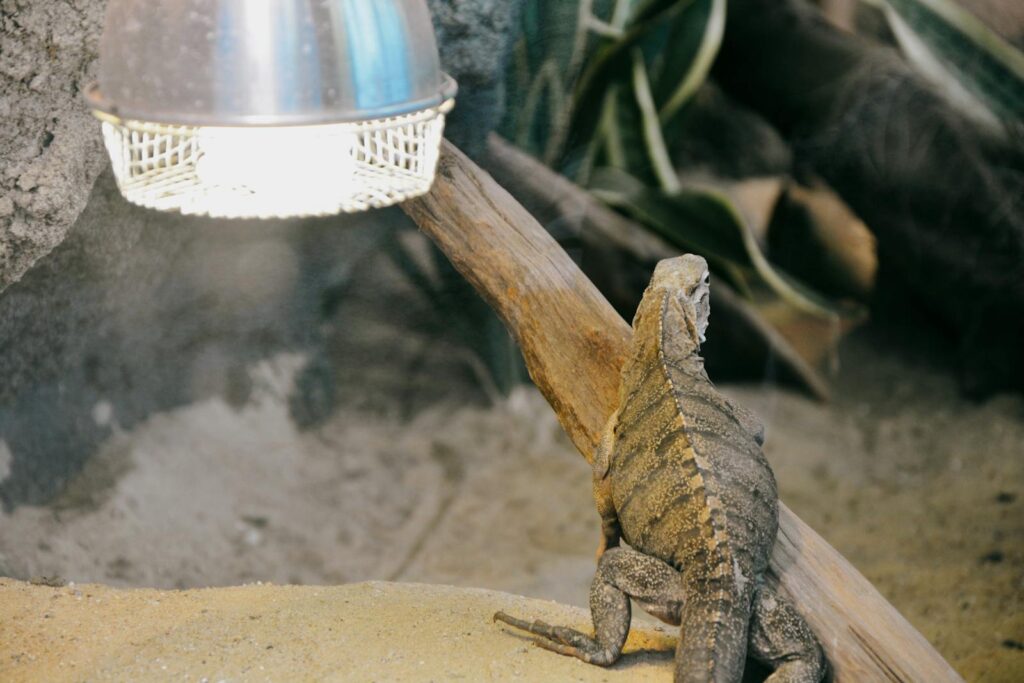
Reptile ownership involves significant financial obligations that extend far beyond the initial purchase price of the animal. The setup costs alone can be substantial, with specialized enclosures, lighting systems, heating elements, substrates, and décor easily totaling several hundred dollars for even basic species. Ongoing expenses include electricity for heating and lighting (which runs continuously), regular substrate changes, and food costs that vary dramatically depending on species—from relatively inexpensive crickets and mealworms for insectivores to more costly rodents for snakes or specialized commercial diets for certain lizards. Veterinary care represents another crucial expense, with exotic animal veterinarians typically charging more than standard pet vets, and baseline health checks recommended annually. Emergency medical situations can be particularly costly, with specialized treatments or surgeries potentially running into thousands of dollars, making emergency savings or exotic pet insurance worth considering for responsible ownership.
Housing Requirements and Space Needs
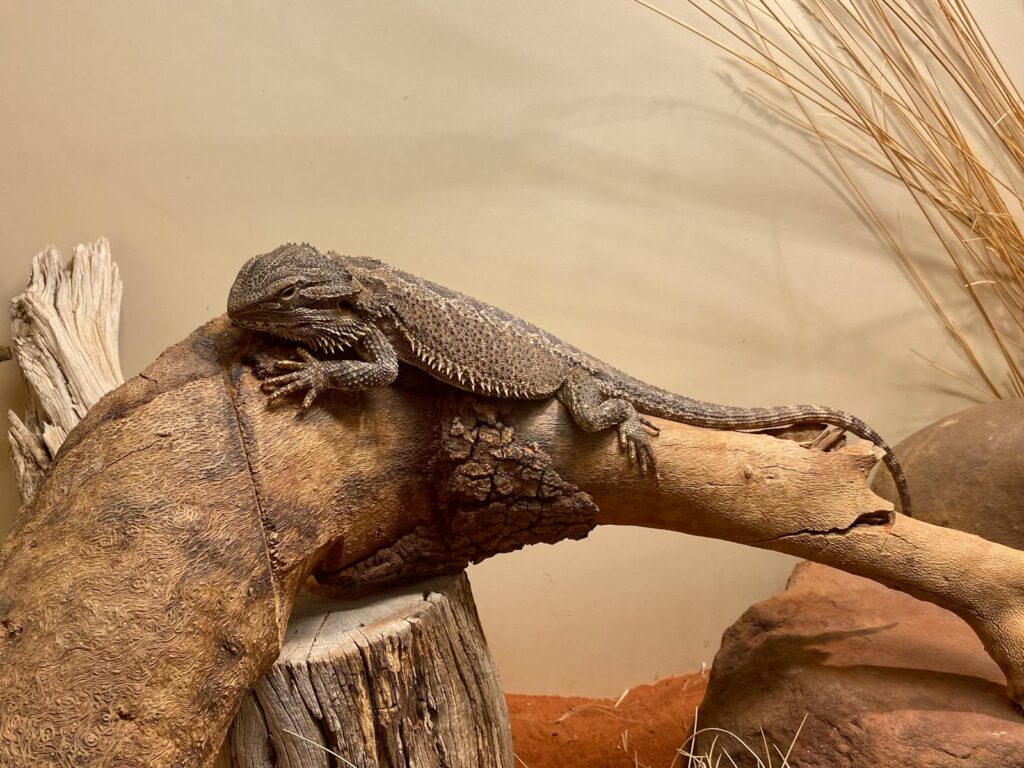
Reptiles require specialized enclosures that accommodate their specific environmental needs and allow natural behaviors. The common misconception that reptiles need minimal space is unfortunately widespread but inaccurate—many species require surprisingly large enclosures, particularly as they grow. Bearded dragons, for example, need a minimum 4’x2’x2′ enclosure as adults, while large snake species may require custom-built enclosures 6-8 feet in length. Beyond just size, the setup must incorporate proper temperature gradients, hiding spaces, climbing opportunities for arboreal species, and appropriate substrate depths for burrowing species. Additionally, the enclosure location within your home matters significantly—it should be positioned away from drafts, direct sunlight, and high-traffic areas that might stress the animal. Before committing to a reptile, measure your available space and consider whether you can accommodate both the initial enclosure and any size upgrades your pet will need throughout its life.
Daily Care Routines and Time Investment
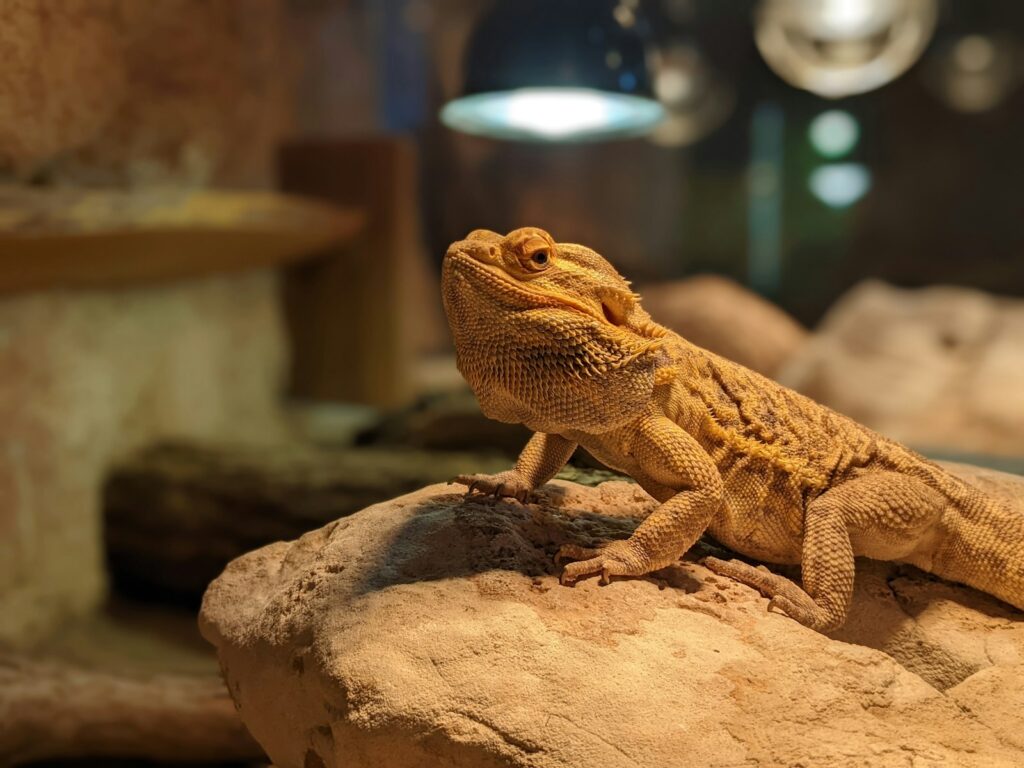
While reptiles don’t require walks or constant attention like dogs, they do need consistent daily care that shouldn’t be underestimated. Most reptiles require daily feeding or, in the case of some snakes, weekly or bi-weekly meals that may involve handling live or frozen-thawed prey animals. Enclosures need regular cleaning, including spot-cleaning waste, changing water, and performing deep cleanings on a schedule appropriate to the species and setup. Monitoring temperature and humidity levels is crucial and sometimes requires adjustments throughout the day, particularly in homes with fluctuating ambient conditions. Additionally, many species benefit from regular handling to maintain docility, though this varies significantly by species—some thrive with regular interaction while others are strictly display animals. For working professionals, carefully consider whether your schedule allows for morning and evening care routines, and have contingency plans for travel periods when your reptile will need a knowledgeable caretaker.
Matching Species to Your Experience Level
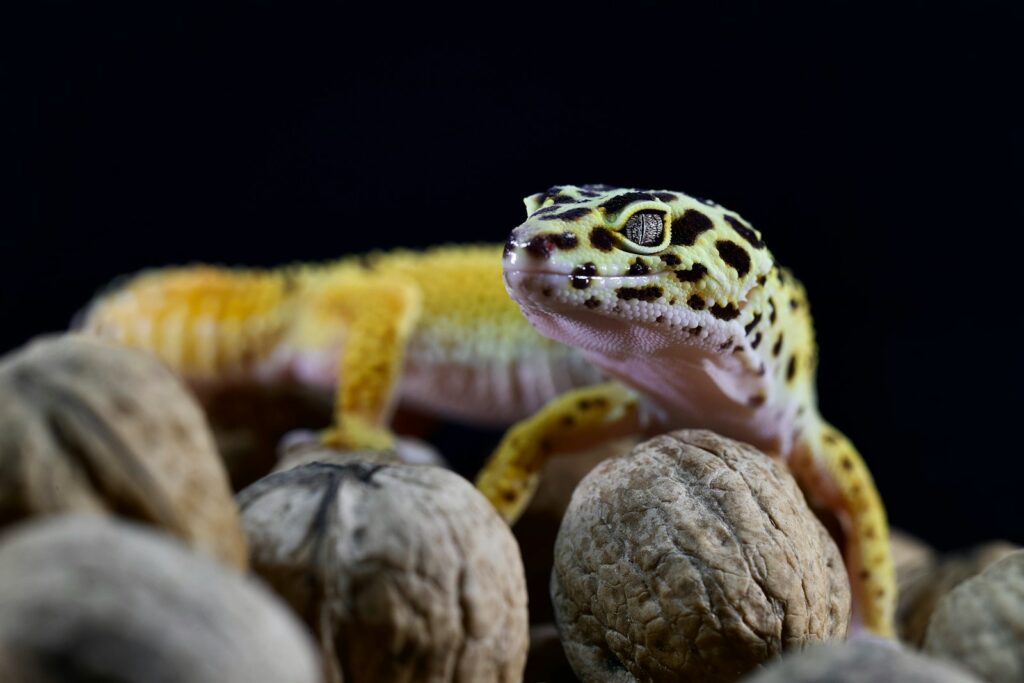
Choosing an appropriate reptile species based on your experience level is crucial for both your enjoyment and the animal’s welfare. Beginners should consider hardy species with straightforward care requirements, such as leopard geckos, corn snakes, or bearded dragons, which are more forgiving of minor husbandry mistakes. These starter species typically have well-established care protocols, abundant resources for troubleshooting, and relatively predictable behaviors. Intermediate-level reptiles like blue-tongued skinks, ball pythons, or crested geckos require more precise environmental control and dietary management. Advanced species such as chameleons, monitor lizards, or specialized geckos often have complex needs including precise humidity cycles, specialized diets, or temperaments that demand experienced handling. Be honest about your comfort level with tasks like insect handling, environmental monitoring, and potential health interventions, and consider gaining experience through reptile clubs or mentorship before diving into more challenging species.
Family Dynamics and Reptile Ownership

Integrating a reptile into a family home requires consideration of all household members’ comfort levels, involvement, and safety. Children can benefit tremendously from reptile ownership, learning responsibility, biology, and respect for wildlife, but their participation should be age-appropriate and always supervised. Young children should not be primary caretakers but can help with simple tasks like vegetable preparation for herbivorous species, while teenagers can take on more substantial responsibilities with proper guidance. Consider allergies within the household—while reptiles themselves rarely cause allergic reactions, their food sources (particularly crickets and other feeder insects) can trigger allergies in sensitive individuals. Family dynamics also include other pets; cats and dogs may show predatory interest in reptiles, necessitating secure enclosures and supervised interaction. Family schedules impact care routines as well, so ensure someone is consistently available for daily maintenance, especially for species requiring precise environmental control.
Housing Restrictions and Regulations
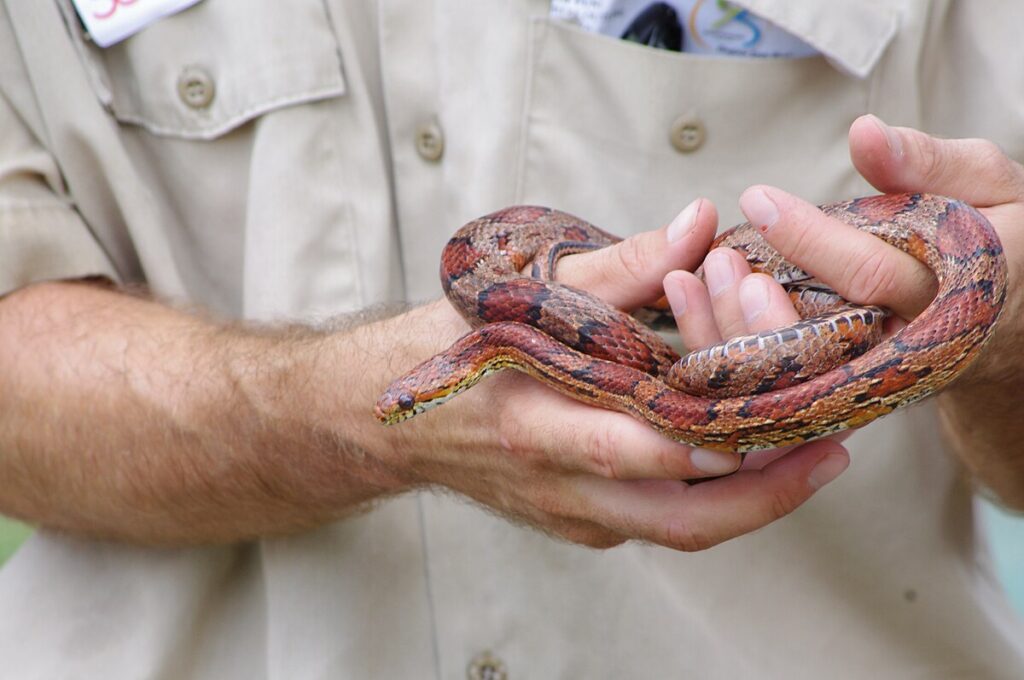
Before bringing home a reptile, thoroughly research all applicable housing restrictions that might affect your ability to keep certain species. Many rental properties explicitly prohibit exotic pets, including reptiles, or limit the types and sizes permitted—restrictions that could force difficult rehoming decisions if you need to move. Some housing communities and homeowners associations have similar restrictions embedded in their bylaws or covenants. Beyond private housing rules, municipal, county, and state regulations vary dramatically across the United States and internationally, with some locations requiring permits for certain species or prohibiting others entirely. Particularly large constrictors, venomous species, and certain turtles face widespread restrictions. Additionally, transportation across state lines may require health certificates or other documentation, complicating potential moves. Research these regulations carefully before acquisition, as legal changes sometimes require owners to surrender animals that become prohibited, potentially resulting in euthanasia if appropriate placement cannot be found.
Allergies and Health Considerations
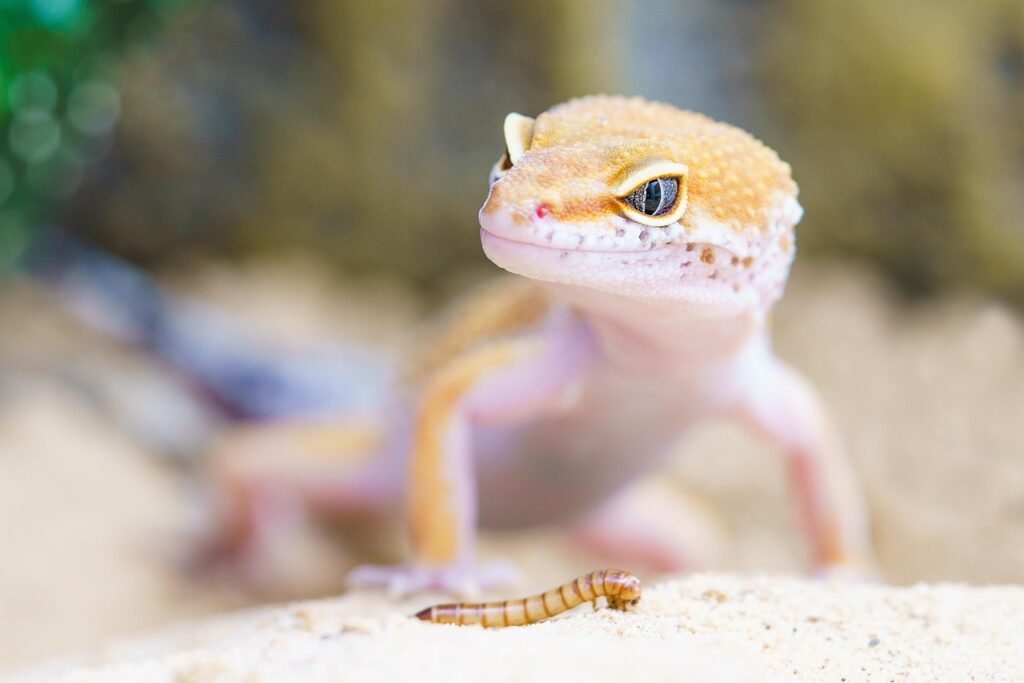
Reptiles themselves rarely trigger allergic reactions in humans, making them excellent pets for many people with traditional pet allergies to fur or dander. However, reptile ownership introduces other potential allergens into the home environment that prospective owners should consider. Feeder insects like crickets, mealworms, and roaches can cause allergic reactions in sensitive individuals, as can the specialized beddings used in enclosures, particularly those made from coconut fiber, cypress mulch, or certain wood products. Beyond allergies, immunocompromised individuals should consult healthcare providers before reptile ownership due to the potential risk of zoonotic diseases, particularly salmonella, which naturally occurs in the digestive tracts of many reptiles. While proper hygiene practices significantly reduce these risks—including thorough handwashing after handling and keeping reptile supplies separate from human food preparation areas—these considerations should factor into your decision-making process, especially in households with very young children, elderly members, or people with compromised immune systems.
Feeding Requirements and Comfort Levels
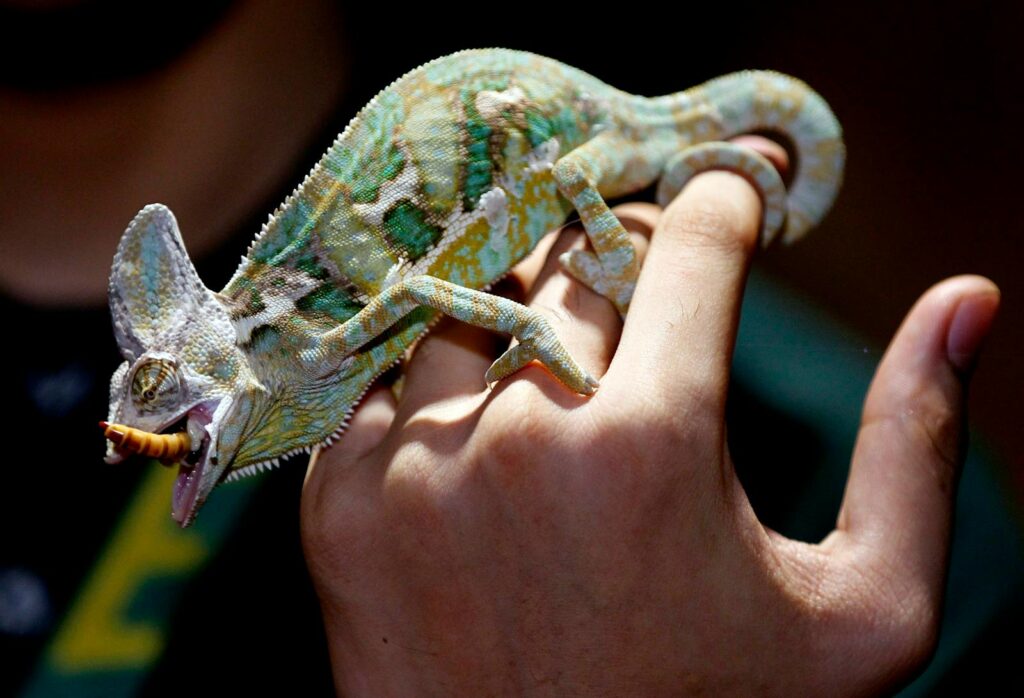
Understanding and accepting a reptile’s dietary needs is essential before bringing one home, as their feeding requirements often differ dramatically from traditional pets. Many popular reptiles are insectivores, requiring regular feeding of live crickets, dubia roaches, mealworms, or other insects—a practice that requires comfort handling these feeder animals and often maintaining separate colonies of feeders. Carnivorous reptiles like snakes typically consume whole prey items such as mice or rats, usually pre-killed and frozen-thawed, though some species may require live prey initially or exclusively. This aspect of care proves challenging for many potential owners who find feeding whole animals emotionally difficult. Herbivorous reptiles like certain tortoises or iguanas require varied fresh vegetables and specific plant materials that need regular shopping and preparation. Before committing to a reptile, honestly assess your comfort level with their feeding requirements, as outsourcing this aspect of care is rarely practical and attempting to alter natural diets to accommodate owner preferences can result in serious health issues for the animal.
Travel and Vacation Planning for Reptile Owners

Reptile ownership significantly impacts travel planning, as these specialized pets typically cannot accompany owners on trips and require knowledgeable care in your absence. Unlike dogs that can be boarded at kennels or cats that might manage with daily visits from pet sitters, reptiles need caretakers familiar with their specific environmental requirements, feeding schedules, and potential health issues. Professional reptile-sitting services exist in some areas but can be expensive and difficult to find, while friends or family members may be willing but lack the specialized knowledge needed for proper care. For shorter trips, some reptile species can manage with minimal intervention if automatic misting systems, thermostats, and timers are employed, though this approach still requires someone to check for malfunctions and emergencies. Long-term travelers or those who frequently take extended trips may find reptile ownership particularly challenging, as most species cannot tolerate neglect or significant disruptions to their carefully maintained environments, even temporarily.
Lifestyle Stability and Long-Term Planning
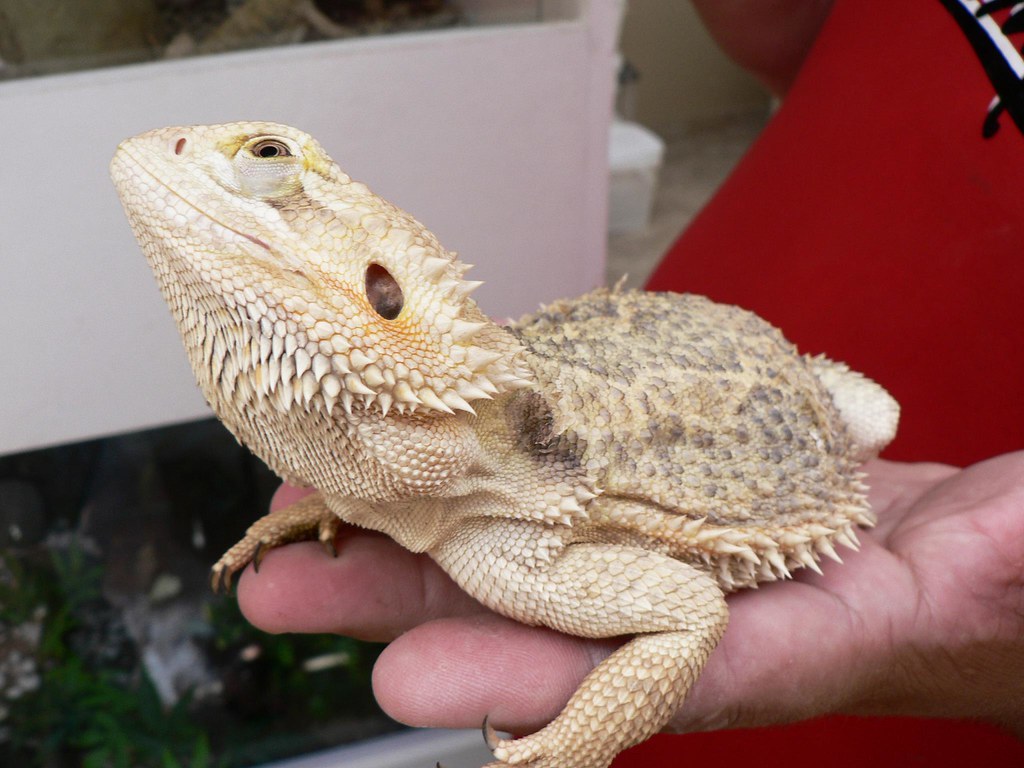
Reptile ownership thrives on consistency and stability, making an honest assessment of your life’s predictability essential before committing to these pets. Major life transitions can significantly complicate reptile care—college students, for instance, face particular challenges with housing restrictions, limited space, and potential issues during breaks and transitions between housing. Career paths involving frequent relocations or potential international moves present similar complications, as shipping reptiles across borders involves complex permitting, quarantine requirements, and sometimes prohibitive costs. Family planning considerations are also relevant, as the arrival of children dramatically shifts time availability and priorities, while relationship changes may lead to living situations incompatible with reptile keeping. When considering a reptile, especially long-lived species, realistically project your life circumstances 5, 10, or even 20 years forward, and have contingency plans for ensuring your pet’s care should your situation change unexpectedly, including designated caregivers familiar with your animal’s needs.
Finding Veterinary Care and Emergency Services
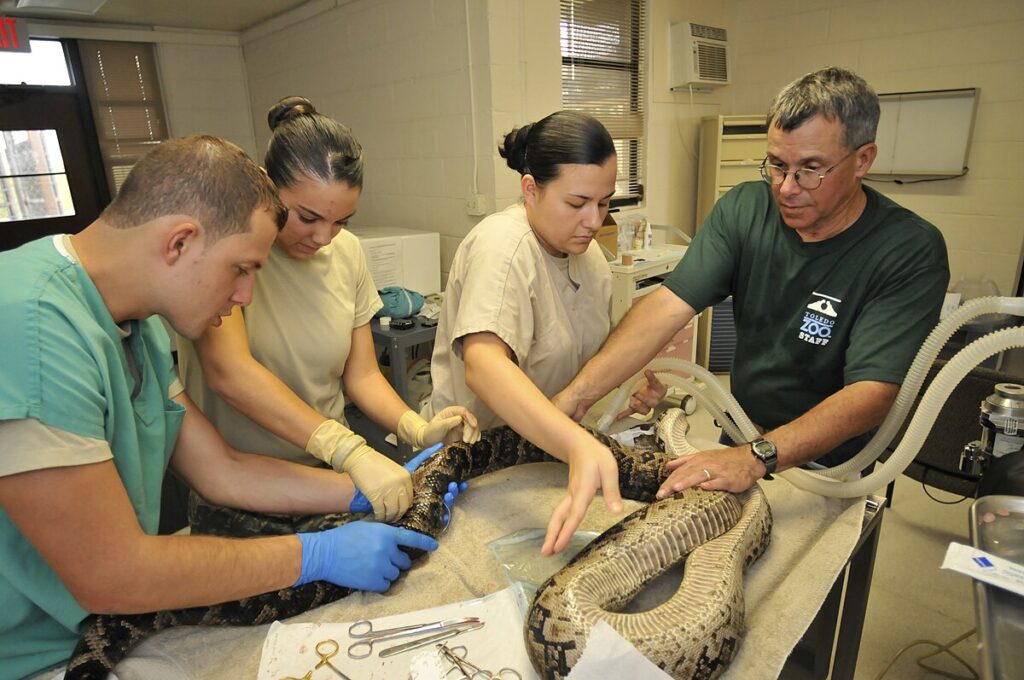
Access to qualified veterinary care represents one of the most overlooked aspects of reptile ownership planning, yet it’s absolutely critical for responsible stewardship. Before acquiring any reptile, research exotic animal veterinarians in your area, as general small animal practitioners typically lack specialized training in reptile medicine. Many regions have limited or no veterinary options for reptiles within reasonable driving distance, creating potentially dangerous situations during health emergencies. When you identify potential veterinarians, contact them directly to confirm they treat your specific species of interest, as many exotic vets specialize further in certain reptile groups. Additionally, inquire about emergency services, as many exotic specialists operate during standard business hours only, leaving after-hours emergencies without qualified care options. The financial aspect of exotic veterinary care also warrants consideration—services typically cost significantly more than equivalent procedures for dogs or cats, and pet insurance options remain limited for reptiles, making an emergency fund essential for responsible ownership.
Conservation and Ethical Sourcing
Responsible reptile ownership extends beyond personal readiness to understanding the broader ethical implications of acquiring these animals. The reptile trade unfortunately includes illegally wild-caught specimens that fuel population declines and habitat destruction, making it essential to source animals from reputable captive breeders who can provide documentation of their breeding programs. Captive-bred reptiles typically display better health, more predictable temperaments, and greater adaptability to captive conditions than their wild-caught counterparts. Beyond the individual animal, consider whether the species you’re interested in faces conservation challenges, as certain popular pet reptiles like pancake tortoises, various chameleon species, and some geckos face significant wild population pressures partially driven by the pet trade. Prospective owners should research the conservation status of desired species through resources like the IUCN Red List and choose species with sustainable captive breeding programs. Additionally, ensure compliance with the Convention on International Trade in Endangered Species (CITES), which regulates international commerce in protected wildlife through a permit system that legitimate breeders and sellers will understand and follow.
Making the decision to welcome a reptile into your home represents a significant commitment that extends far beyond the initial fascination with these remarkable creatures. By honestly evaluating your lifestyle stability, financial resources, time availability, living situation, and comfort with specialized care requirements, you can determine whether reptile ownership aligns with your circumstances. For those who can provide the necessary environment, commitment, and ongoing care, reptiles offer a rewarding and educational pet experience unlike any other. Their fascinating behaviors, diverse adaptations, and often long lifespans create opportunities for deep connections and continuous learning. However, responsible ownership demands recognition that these animals aren’t simply decorative elements of your home—they’re living beings with complex needs that cannot be compromised. If after thorough consideration you determine a reptile isn’t right for your current situation, that self-awareness represents its own form of responsible animal stewardship. The reptile that’s truly right for you is the one you can care for properly throughout its entire life, ensuring both your enjoyment and the animal’s wellbeing for years to come.





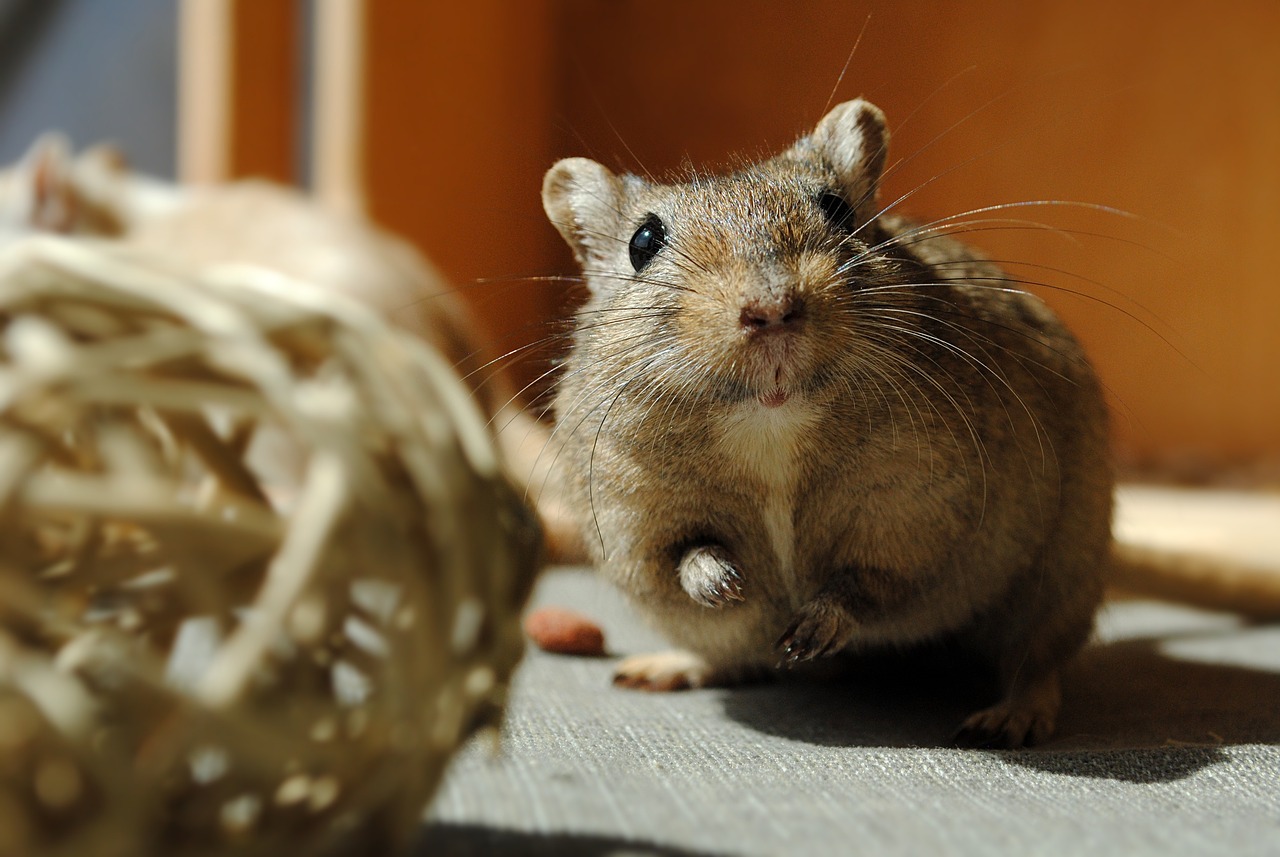


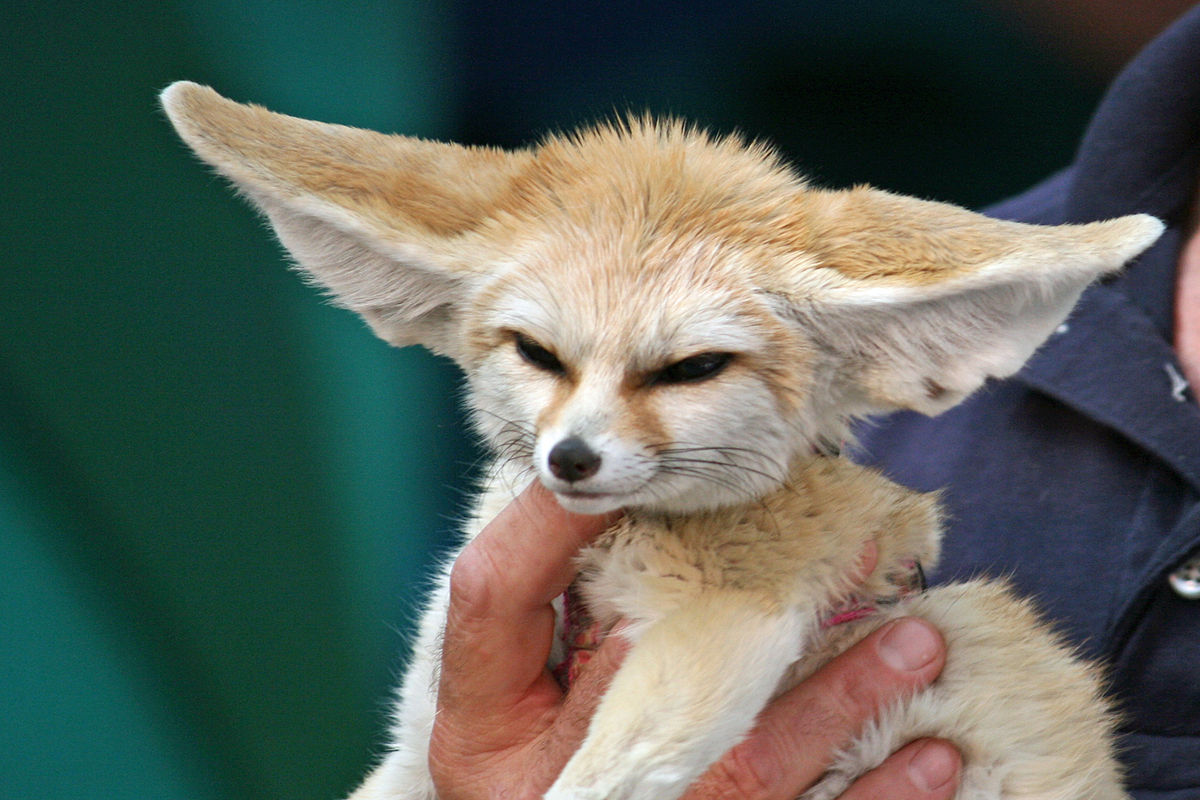







Leave a Reply